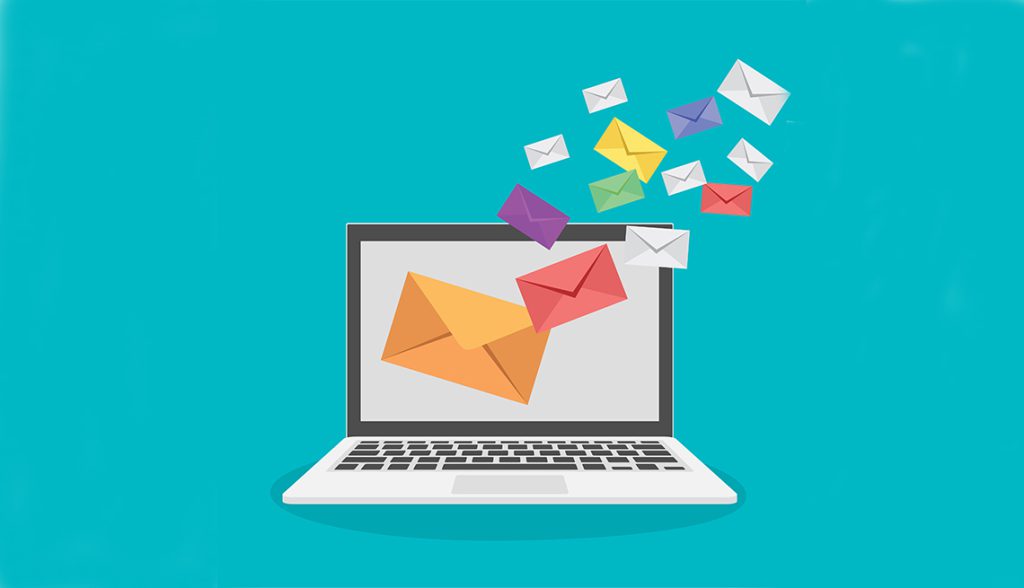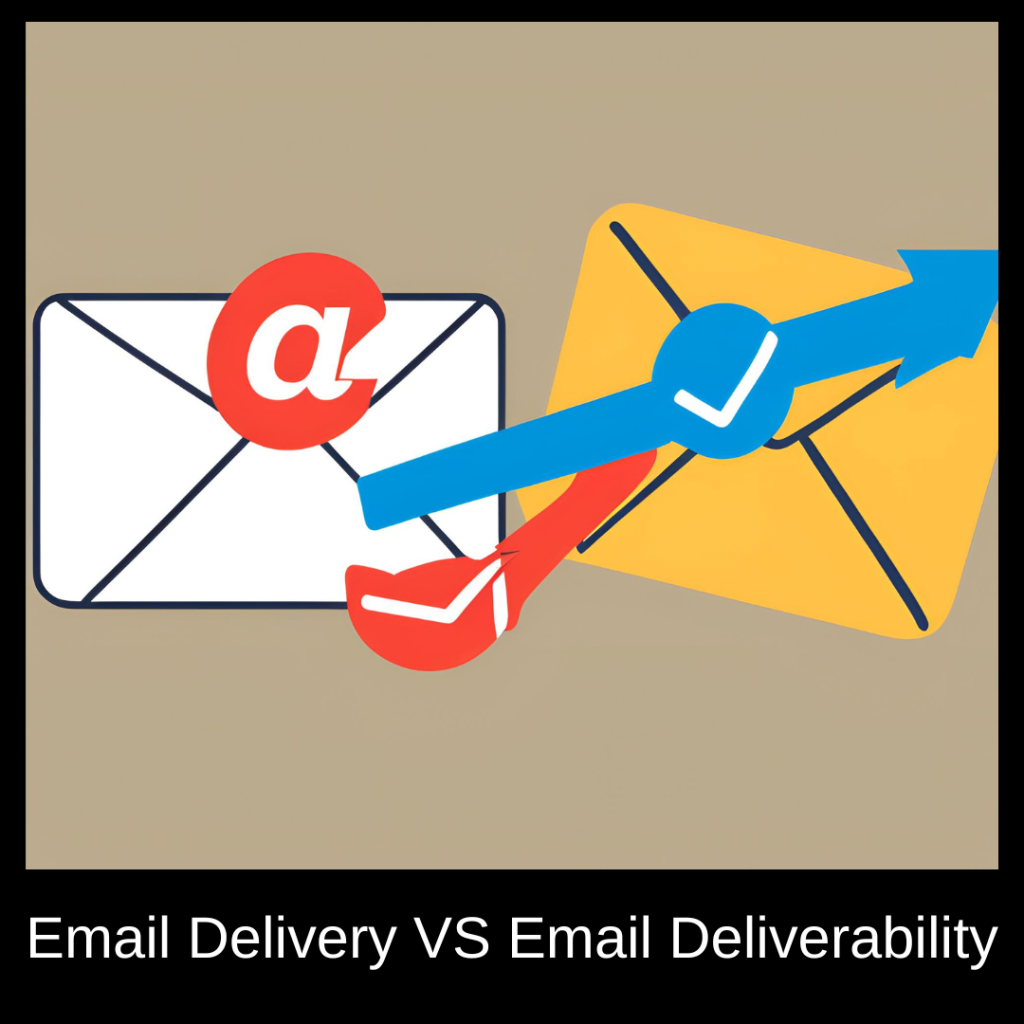Introduction
Email marketing goals offer a straightforward path and focus on the campaign. Marketing goals help identify precisely why you’re sending out emails in the first place and provide a touchstone for gauging the success of your efforts. When your marketing goals are clearly set out, it becomes a breeze to evaluate how well your campaign is doing and what tweaks are needed to boost its performance.
More importantly, these marketing goals ensure that your email marketing maneuvers align with your business’s overall aspirations, guaranteeing that your campaign messages hit home with your intended audience.
As you know, several elements help you hit the bullseye with your email campaigns. But don’t worry! Everything doesn’t need equal attention. If you’ve ever heard about the Pareto principle, then you’ll know that a few factors pull a lot of weight in determining the overall upshot.
Email Marketing Goals – so, simplicity is Key
Email marketing goals are simple and basic but can be missed or ignored. So, Ready? So, Let’s begin!
1. Boosting email open rates
An email open rate calculates how many subscribers open your emails.
If many people open your emails, then they find your subject lines appealing. So, the more people open your emails, the more chances you get to interact with them.
So, why should you care about email open rates?
The first thing to consider is: if people need to open your emails, then how will they engage with your message? This is why engagement rates are directly proportional to the open rates of your emails.

Apart from this, keeping an eye on email open rates lets you assess who amongst your contacts stays active and responsive. You can then identify which type of campaign is resonating and which is fizzling. Last but not least, you’re better equipped to determine the most effective times of day to send your campaigns.
A good email open rate should be between 17-28%, depending on the industry you’re in.
So, want to increase email open rates? Try this:
These five essential factors can significantly boost your email open rates:
- Subject line: So, jazz up your subject line. Make it catch the eye, relevant, and intriguing.
- Sender reputation: Make sure your sender reputation stays in high standing. Stick to best practices.
- Quality of Email Lists: Tidy up your email lists at least once every three months, ejecting expired or non-renderable emails. Avoid purchased lists.
- Uniformity: Uphold a constant frequency for how often you send out emails. Emails that stick to a regular schedule are more likely to be opened.
- Promises and Delivery: Live up to your word – it’s better if you can exceed the expectations you have set.
2. Attain superior click-through rates (CTR)
A click-through rate (CTR) is a metric revealing the percentage of recipients who press a link, graphic, or button in an email.
So, CTR reveals in a particular email what portion of your subscribers are excited about your proposal.
The Importance of CTR
A high CTR indicates that your email has hit the mark and strikes a chord with the recipients. That means your email effectively relays your message to your audience. Who would’ve thought such a simple number could say so much?
A substantial CTR can result in:
- Boosted Conversions: When folks are tapping on your links, they’re probably poised to act, such as making a purchase, attending a webinar, or downloading a resource.
- Heightened ROI: A more robust CTR implies you’re reaping more benefits from your investment. So, this could manifest in different ways, like generating better quality leads, initiating more conversions, or even amplifying your visibility.
- Focused Subscriber List: A supercharged CTR hints that your email contacts contain targeted subscribers whose interests correspond with the content you share. So that way, everybody wins.
- Augmented Credibility: A higher CTR can give your sender’s reputation a healthy bump, mainly because it communicates that your emails have value and relevance to your audience.
- Impressive Deliverability: A higher CTR may also bolster your email delivery rates, as it demonstrates that recipients eagerly receive and interact with your emails.
However, a low CTR suggests that your emails must convert better with your audience. This could result in weak engagement, uninspiring conversion rates, and negative returns on investment (ROI).
Five ways to elevate your click-through
So, here are five smart moves to increase your CTR:
- Create irresistible deals: Put a powerful reason in place for your subscribers. What makes them click? What makes your offer uniquely appealing amid the barrage of offers they see daily? Why should they act now?
- Use CTAs: Ensure your call-to-action messages are easily grasped, leading the recipient to the correct conclusion.
- Make it mobile-friendly: Your emails must look neat and be user-friendly on mobile devices.
- Captivate with visuals: Liven up your emails by incorporating interesting images and icons. Include video links rather than attaching videos directly.
- Put it to the test: Experiment with different subject lines, CTAs, and visuals to find out what resonates with your audience.
3. Level Up Your Email Deliverability Game
Email deliverability signifies how many of your sent emails make their way safely into the recipient’s inbox.
An alternate term is inbox placement rate, which reflects how much an email server trusts you by channeling your email directly into the receiver’s inbox.
The Importance of Email Deliverability
- Delivering emails right into subscribers’ inboxes is pivotal in email marketing. Its benefits include:
- Boosting the odds of getting your emails opened and interacting with
- Improving your image as a reputable sender
- Strengthening good relations with subscribers

Let’s be honest; typically, folks don’t check spam folders. So, the best shot at engaging and converting a potential customer lies in your email being deemed worthy of the inbox–hence the critical nature of email deliverability for campaign success.
Boosting Email Deliverability
So, these steps could assist in boosting email deliverability:
- Confirm email authenticity: Use SPF, DKIM, and DMARC methods to underscore the legitimacy of your emails. This is among the new requirements by Gmail and Yahoo as of 2024.
- Clean email list: Purge undeliverable, hazardous-to-send, and low-quality email addresses
- Avoid buying email lists: Stick to sending emails only to those who have willingly subscribed to receive them.
- Be clever with your subject line: Mix it up, try various themes like stats, questions, or even a tickle of humor. Let’s see what grabs the attention of your subscribers the most.
- Pay attention to your email analytics: Continually examine your data to determine what’s making the cut and what’s getting sidelined. Adjust your approach as needed.
4. Advancing Subscriber Relationships
Subscriber relationships concern the level of interactions between your company and its subscribers. This bond gradually strengthens with constant email campaigns, increased engagement, and personalized content.
The Importance of Subscriber Relationships:
Potent subscriber relationships are crucial for an effective email marketing campaign as they help:
- Lift Engagement: Subscribers are keener on opening, reading, and responding to emails from brands they bond with.
- Ensure Retention: If subscribers feel appreciated and linked, then they’re likelier to remain on your list and keep engaging with your content.
- Foster Devotion: Building a positive relationship is crucial in strengthening brand loyalty and making subscribers recurring customers, supporters, and campaigners.
- Encourage Feedback: Subscribers who maintain strong ties are more prone to giving feedback. This could serve as great testimonials besides helping align your content and offers better.
Making Your Subscriber Relationships Stronger:
For fostering substantial subscriber relationships, consider the following:
- Customize Content: Craft messages that echo subscribers’ interests, likings, and habits.
- Categorize your list: Break down your list into groups characterizing demographics, actions, or preferences to ensure relative content.
- Speak Consistently: Use consistent language, format, and email frequency to instill trust and familiarity.
- React to Feedback: Interact with subscribers who respond to your emails, acknowledge their contribution, and implement changes as needed.
- Express Gratitude: Give back something extra — an exclusive reward or discount or a sneak peek into your newly launched products or services to cherished subscribers.
- Keep an Eye and Fine-tune: On a regular basis, monitor your subscribers’ actions, feelings toward your content, and any feedback they might provide. This information will polish your strategy and develop stronger relationships with your subscribers.
By emphasizing subscriber relationships, you nurture a dedicated community of involved subscribers who will be instrumental in the long-term success of your email marketing initiatives.
5. Using Email Workflows that Operate on Autopilot
Email marketing workflow automation is synonymous with the power to time an email’s dispatch based on a particular action or a specific preset time in the future.
For instance, you could set up an automatic email to be sent right after someone downloads an e-book you offer. This would be a perfect illustration of a trigger aligned to a specific user behavior.
However, let’s suppose you planned to send an email precisely on the third date of the following month – this is what scheduling an email for a preset time in the future looks like.
The Importance of Automating Your Emails
The magic that happens when you automate workflows is:
- You make tasks more efficient.
- Next, you conserve precious time and resources.
- You significantly improve customer experience.
- Moreover, you provide a considerable push for engagement and conversion rates.
- Now you no longer need to fret about personally ensuring every email is sent out, as it will all be done automatically.
Maximizing the potentiality of Automated Email Workflows
Working with a competent email dispatch platform should ease you into automation without hassle. But wait! Have you ever wondered how to extract gains from these nifty features genuinely? There’s a bit of homework for you.
Here’s a quick rundown on how to establish an automated workflow for your email marketing:
- Be clear about your objectives: Understand the goal of your email marketing campaign and what result you anticipate.
- Slice and dice your audience: Segregate your email list based on demographic factors, purchasing history, engagement levels, or any criteria that fit the bill.
- Coin a content calendar: Now, preplan and preset your email content using a handy content calendar.
- Deploy automated email sequences: Make the most of automation tools to generate email sequences that fire off specific emails based on activity or timing.
- Implement the power of ‘if-then’ reasoning: Tweaking your emails to match receiver information is worth tweaking. This could be about their name, place of residence, or even what they last bought. An intelligent approach is to reach out to those who leave their shopping carts abandoned right when they’re on the brink of checking out.
So, here’s what you can do for email marketing goals
As we mentioned before, mastering these skills is tough for an email-savvy person, but it does demand some elbow grease.
The big question is: Where do you set the ball rolling? What’s the first stride a marketer should take to achieve those inviting email marketing goals we keep buzzing about?
The cure resides in your email list. Refrain from fretting over whether your list is pint-sized or gigantic; what counts is keeping it clean and precise. By clean, we mean there’s no room for invalid emails; be accurate. We’re talking about eliminating those that are just a typographical error away from being genuine (like typing ‘Gmali’ instead of ‘Gmail’).
If your list isn’t clean and exact, then you might experience a flurry of hard bounces.
So make that first move and validate your email list. Our free email list verifier will sort the wheat (read good emails) from the chaff (the bad ones). You end up with distinct lineups: one filled with authentic, send-worthy emails and the other packed with flawed ones that aren’t safe to send.
Ensure Your Email List Supports Your Marketing Goals
Check Your Email List to Optimize Your Campaigns
Once you’ve got this cleaned-up, confirmed list, get ready to spot drastically improved outcomes.
FAQs
What are some fundamental marketing goals to remember when implementing an email marketing strategy?
Consider these key marketing goals: increasing brand awareness, bolstering website traffic, multiplying leads, and increasing sales conversions.
How can a bulk email verifier help in achieving these marketing goals?
A bulk email verifier can keep your email list current and faultless, enhancing deliverable rates and interaction with your email endeavors. This process works wonders in fulfilling your marketing aspirations by effectively connecting with the appropriate audience.
What is the importance of setting specific and measurable goals for email marketing campaigns?
Deciding on distinct and quantifiable goals for your email marketing drives offers many benefits. First, it lets you monitor your progress. Tracking your progress becomes more accessible, and assessing how well the campaign performs becomes more straightforward. Moreover, it feeds you valuable insights that aid in making well-founded choices about refining your upcoming campaigns. Plus, it’s a great help in keeping your email marketing strategies aligned with the broader business goals.
How can I track and measure the success of my email marketing goals?
The success of your email marketing goals can be traced and gauged using fundamental performance indicators. These include metrics like open rates – how many recipients open your emails? Or click-through rates – how many are clicking links within your emails? It also looks at conversion rates and the overall level of engagement. On top of that, you can harness email marketing software tools to keep a finger on the pulse of your email campaign’s performance.
What key marketing goals should businesses prioritize in their email marketing strategies?
Now, there are a few critical marketing targets that businesses cannot simply push aside in their email marketing activities. Top of mind is amplifying brand recognition, driving traffic to the website, drumming up potential leads, fostering Close-knit client connections, and escalating sales and profits. By establishing these discernible and quantifiable aims, companies can closely monitor their progress and fine-tune their email drives for optimum results. That way, they’re making every dollar count!
James P. is Digital Marketing Executive at MyEmailVerifier. He is an expert in Content Writing, Inbound marketing, and lead generation. James’s passion for learning about people led her to a career in marketing and social media, with an emphasis on his content creation.
